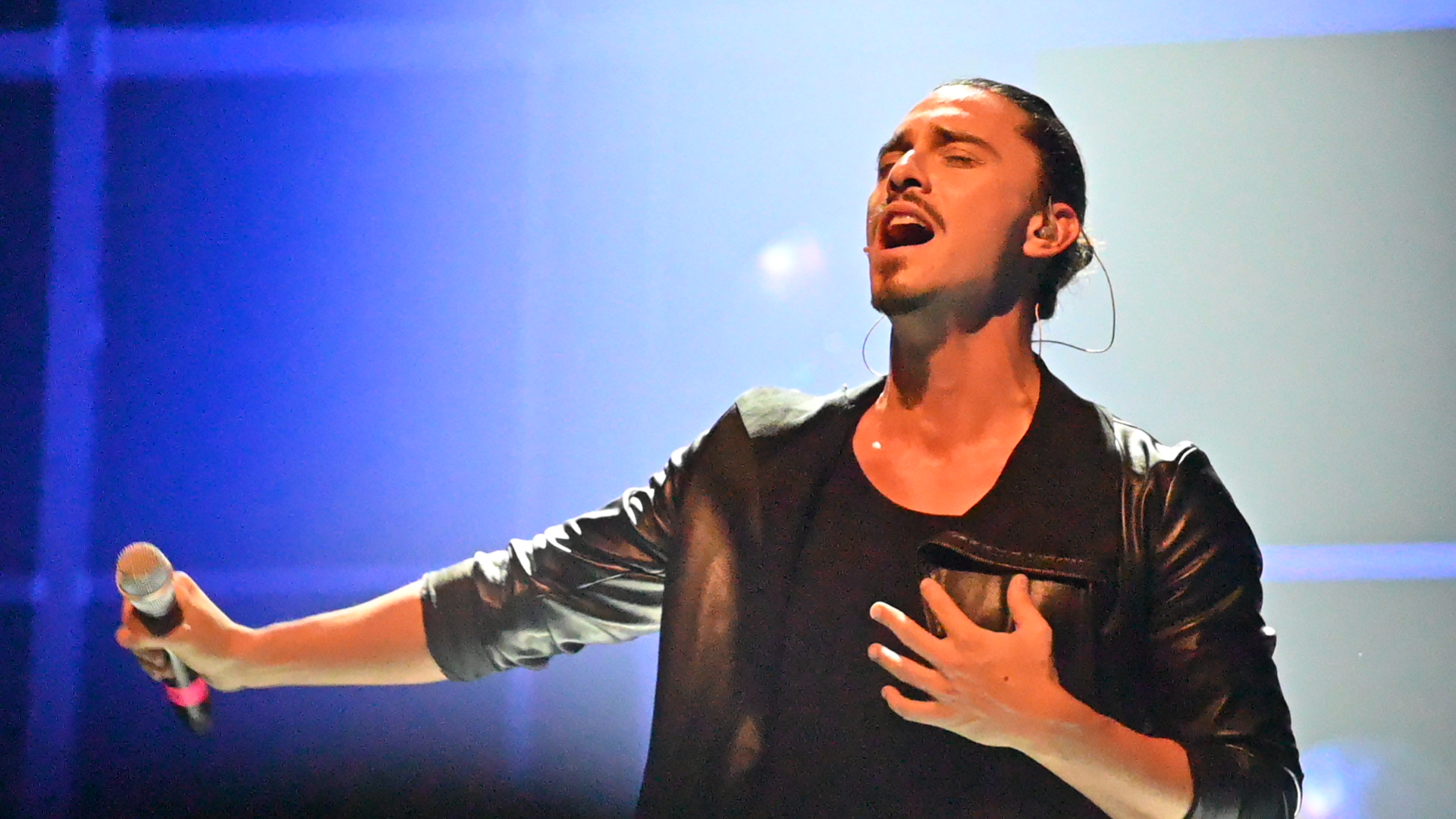
Berlin Admiralspalast
Break the Tango
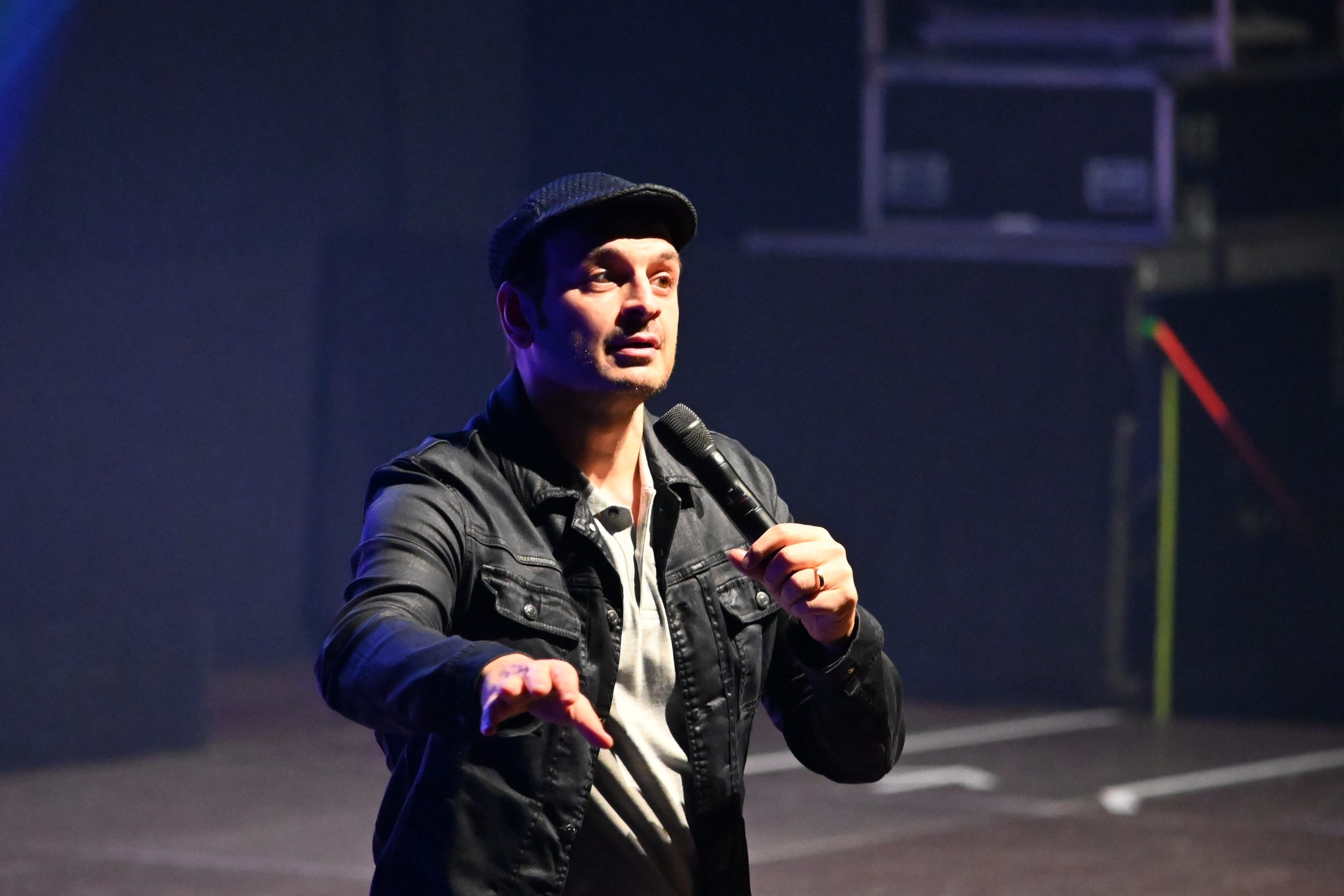
Berlin, Tempodrom
Kaya Yanar
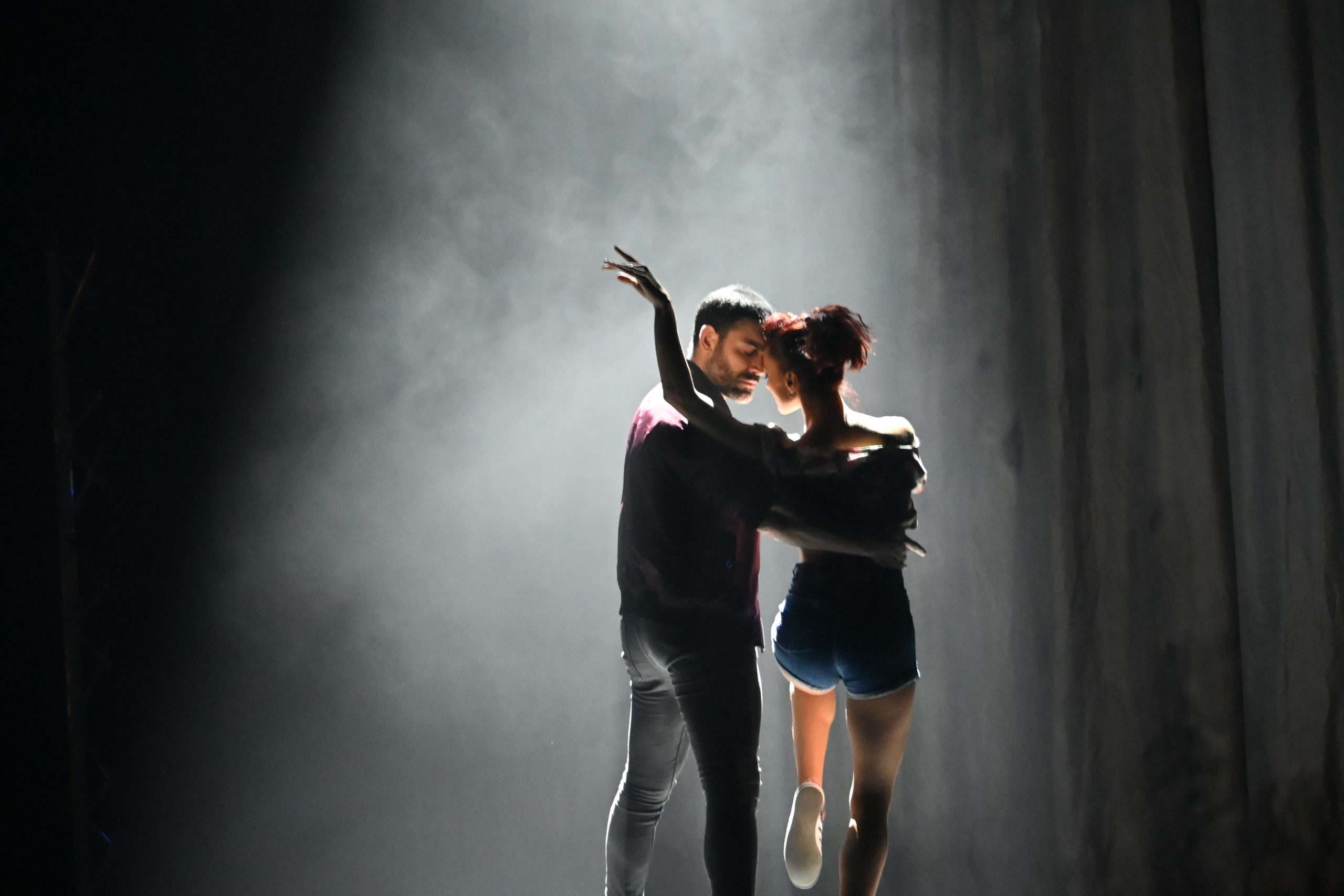
Berlin, Admiralspalast
Break the Tango
History
Portrait photography had great importance for the photography of the early days. The main problem of long exposure times was solved by special fixing and holding devices such as Saronny’s universal head mount. However, a great deal of patience was still required of the person being portrayed.
There is also event photography, in which musicians, entertainers and actors are portrayed. Here is a selection of those photos I have taken in 2019 …

Break the Tango

Kaya Yanar

Break the Tango
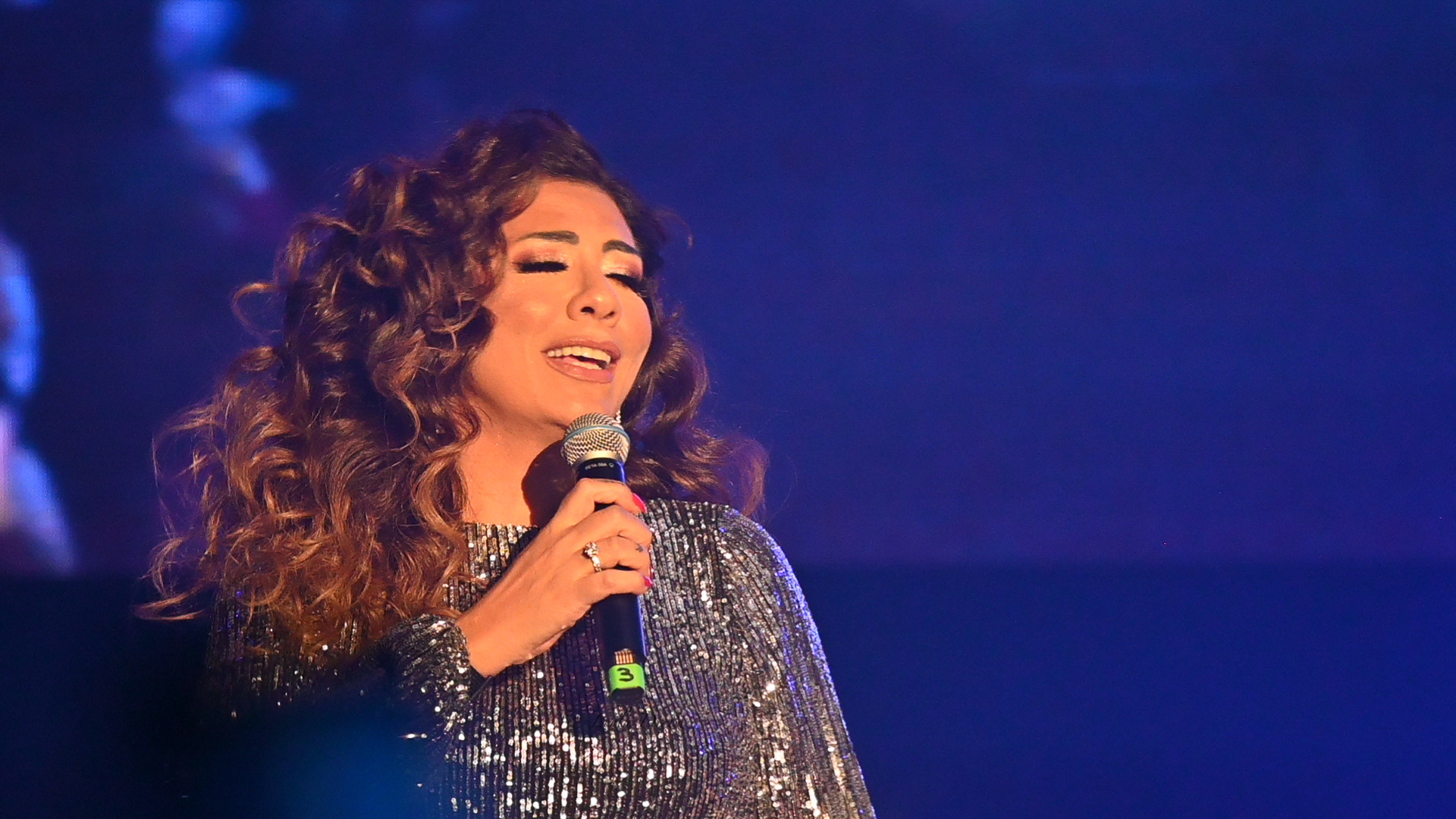
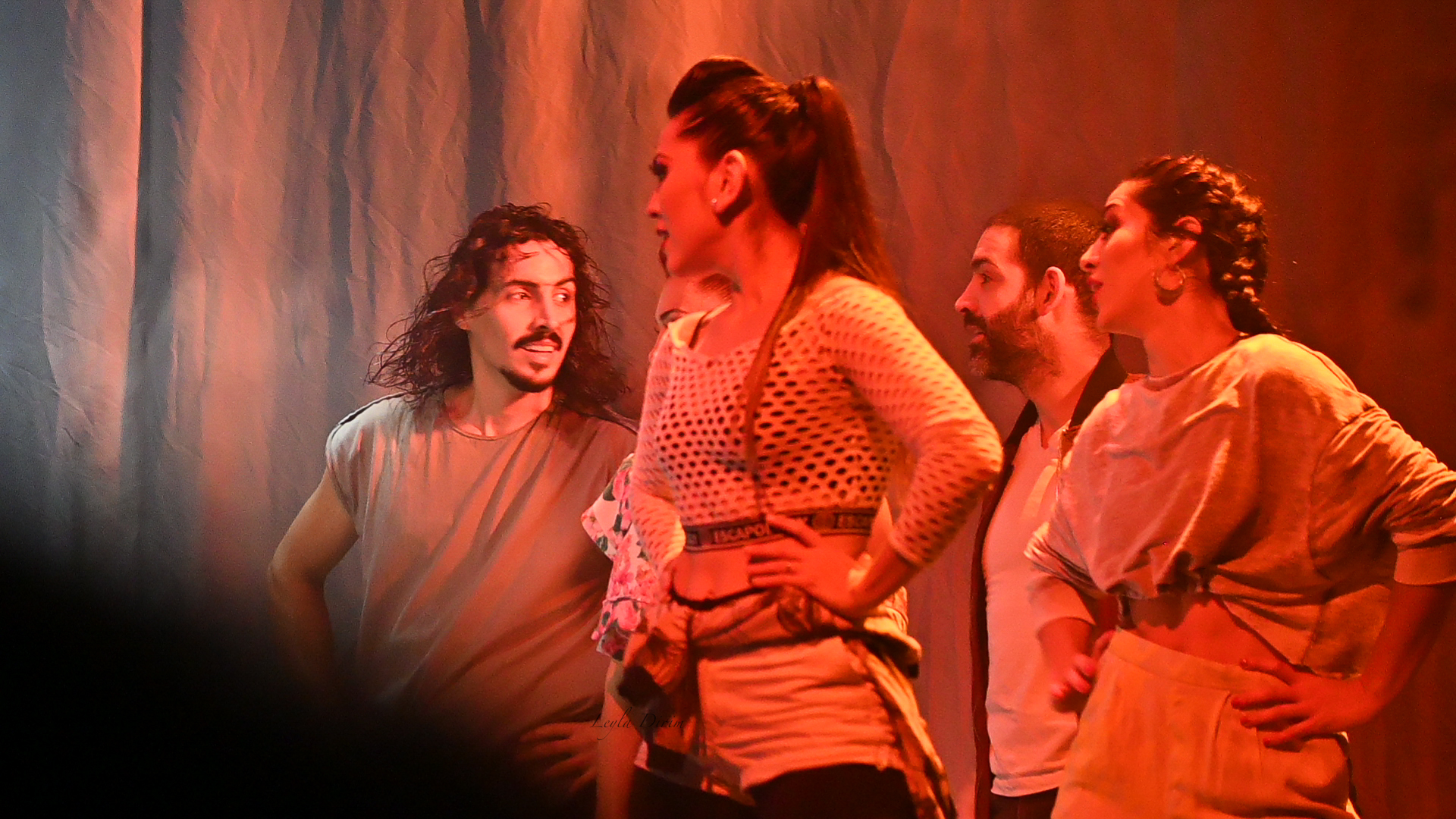
The subject often formed the basis of progress in photography. The first motif after the disclosure of Louis Daguerre’s patent was the depiction of persons as a continuation of portrait painting from 1840 onwards. The picture design was retained for the next three decades. Many of those who invested in a camera were portrait and miniature painters. The technical development of camera technology and the chemical processes used to develop the photographic material represented progress. The first camera lenses made it possible to take pictures of standing people.
Photography experienced a great surge in popularity from the late 1850s to the early 1860s. The French photographer André Adolphe-Eugène Disdéri can be named as responsible for this. He was of the opinion that a photographic portrait was unreachably expensive for many people. His idea to change this was based on the development of a smaller format than previously used (approx. 6 × 9 cm), called the carte de visite and had it patented in 1854. The challenge then lay in the technical implementation, increasing productivity and reducing costs. Once he had succeeded in doing so, many photographic studios adopted the carte de visite or visit format in their range of products. In May 1859, Disdéri had been able to create portraits of Emperor Napoleon III and his wife. This event also contributed to the popularity, as it was not usual that personalities could be portrayed on such small formats. Portrait photography thus contributed to the democratization of society.
Until the 1880s, portraits were painted in studios. The photographers Hugo Erfurth and Rudolf Dührkoop were among the first German photographers to leave their studios to take portraits.
Basically, portrait photographs reflect a zeitgeist or a contemporary aesthetic.
Du muss angemeldet sein, um einen Kommentar zu veröffentlichen.